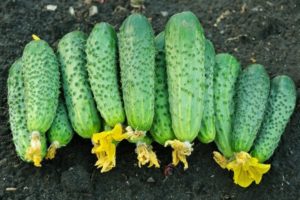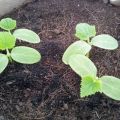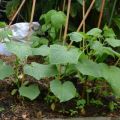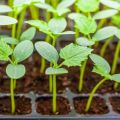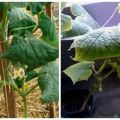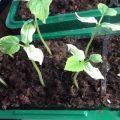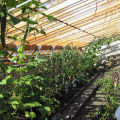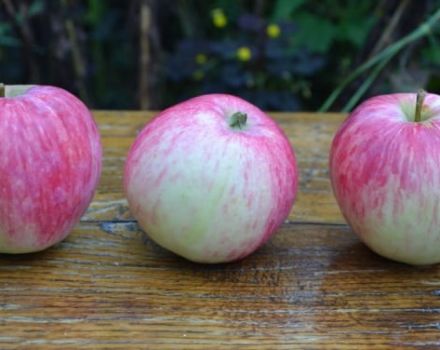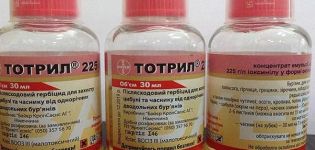How to correctly pick cucumbers at home
Pickling cucumbers is not at all a mandatory procedure during the period of their cultivation. Moreover, most gardeners prefer to do without it. The root system of a vegetable crop is superficial, weak, so it is difficult to transfer cucumbers.
Do I need to dive cucumbers
Disputes among vegetable growers about whether it is possible to dive cucumber seedlings have always been fought. Discussions on this topic will continue, because everyone has their own opinion and experience of growing on this matter.
Information on how to dive cucumber seedlings may be of interest to summer residents who do not have experience in growing them. An experienced gardener will grow a good crop in both cases. For those who know well how to dive cucumbers correctly, there are no problems.
For the information of novice gardeners: the term "dive" is simply translated into ordinary language. This is the usual transplantation of plants, planted with seeds in boxes or greenhouses, to a new place (separate pot, ridge).
When it makes sense to pick
By the way, there is no need for a transplant for the plant itself, if the cucumber seeds are sown immediately in separate cups. Seedlings of cucumbers, planted in separate containers, develop well, and after 25 days they are ready for relocation to a permanent place.

In this, cucumber seedlings are radically different from tomato seedlings. Transplantation is necessary for tomatoes, thanks to this, their root system is better formed. Picking cucumber seedlings is justified in the following cases:
- There are a lot of cucumber seeds, there are questions about germination, but there is no time to germinate them. Dry seeds can be sown in a container. Plant the strongest seedlings in separate cups after full-fledged cotyledon leaves have formed.
- If you have a polycarbonate greenhouse, you can sow several seeds into the hole at the same time. In the phase of cotyledons or 2 true leaves, you can pick cucumbers in the greenhouse. Plant excess seedlings in other holes, one in each.
- It makes sense to rescue a diseased plant with a transplant. Use new soil and a new container for this.
- The transplantation of overgrown cucumber seedlings is justified. Lack of sunlight leads to stretching of the plants. If you transplant frail, elongated seedlings into another container and deepen it almost to the cotyledons, you can slow down the growth of the aerial part, stimulate the formation of additional roots. Stimulates the growth of new roots of the central root pinching by a third of the length.
How to dive cucumbers
First of all, you need to clearly determine the timing of the picking work. Cucumber seeds sprout pretty quickly.Full cotyledonous leaves are formed within 7 days after sowing. Experienced gardeners prefer to plant cucumbers in cups during this period.

Preparation for a dive
Prepare containers for transplant in advance. You can use disposable glasses with a volume of 0.5 liters; peat pots of the same volume are suitable. You can use milk bags for growing seedlings. Make a drainage hole in the cups at a distance of 1 cm from the bottom. You can put eggshells or a piece of dried banana skin on the bottom.
Many gardeners prefer peat cups, which are convenient in that you do not need to get the plant out of it. A cucumber is planted with a glass.
When watering, the glasses are soaked and do not interfere with root growth. There is a minus in peat glasses: the earth in them dries out faster, cucumbers need to be watered more often.
You can fill the glasses with purchased soil. Take a universal vegetable soil, consisting of sod land, humus, low-lying peat and a complex of mineral fertilizers. Peat soil is not suitable for these purposes; it must be mixed with garden soil and humus. You can take land from the garden, from the beds from root crops, cabbage or greenery.
Mix the garden soil with humus, rotted sawdust, peat. Take everything in equal parts. Add 0.5 liters of ash to a bucket of potting soil. Shed the soil from pathogens with a solution of potassium permanganate or fungicide "Fitosporin-M".
The soil should be sufficiently loose, after watering it should not be covered with a dense crust. Store the soil from your garden in the fall, in winter you can freeze it, and before pouring it into cups, warm it up in the oven for 20 minutes at a temperature of 80 - 100 ° C. You need to pour the soil into the cups 5 - 7 days before the transplant, on the eve of the work, water it abundantly and mark a hole for the seedlings in the center. The depth of the fossa is shallow, maximum 3 cm.
How to dive cucumbers correctly
To make it easier to remove the plants from the ground, they should be watered before transplanting.
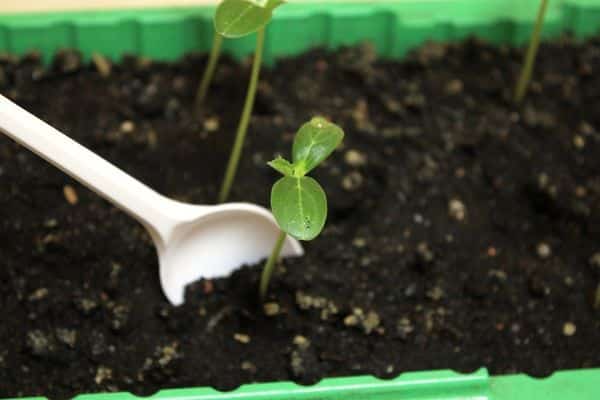
Water 2 hours before the start of work. You can remove the seedlings from the ground with an ordinary teaspoon or table fork. Do not touch the roots with the tool, do not touch the stem with your hands, do not scatter the root lump of earth.
Before replanting a plant, it must be inspected. Throw away seedlings with the slightest signs of illness without regret. Pinch the long central root. Bury the seedling in the ground, not reaching 0.5 - 1 cm to the cotyledonous leaves. Crumple the ground around the stem with two fingers. Water the seedlings after transplanting.
A pick in a greenhouse or open ground
When growing greenhouse cucumbers in a seedless way, from 3 to 5 seeds are sown in the hole. After the emergence of seedlings, no more than one plant should be left in the hole. It is better to dive cucumbers in the greenhouse in the phase of 2 true leaves.

The transplant principle is the same as for home seedlings. The main thing is to keep a lump of earth on the roots intact, transplant it into moist soil.
In the open field, densely planted cucumbers can be dived in the same way. Cover the transplanted cucumbers for several days from the sun. For shelter, a white covering material is suitable.
When diving cucumbers in a greenhouse, seedlings are seated in a permanent place according to the recommended planting scheme. When hybrids are maintained in one stem, the holes are placed at a distance of 30 cm from each other. The optimum density is 3 bushes per square meter.
Leaving after a pick
Seedlings are stressed during transplantation. Helping them cope with it is the main task of the vegetable grower. The first week is the most important. Seedlings are comfortable at a temperature of 18 - 20 ° C, a higher temperature is undesirable, it will reduce the survival rate.
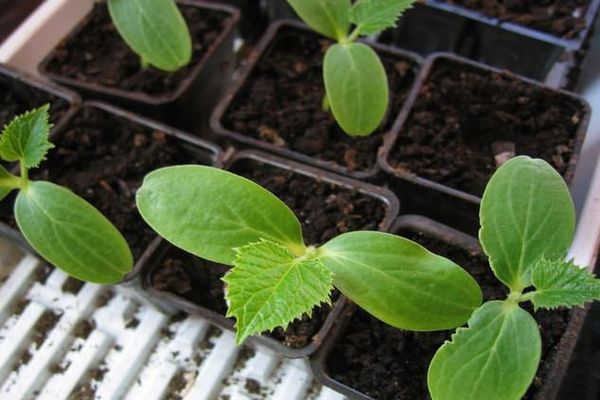
The air humidity will increase the survival rate in the region of 80 - 85%. Now it is not difficult to achieve it.It is necessary to put a household air humidifier next to the seedlings, and the necessary humidity will be provided.
Place containers with seedlings where there are no drafts. Even mature plants are poorly tolerated by drafts. The windowsill in winter is not the most suitable place for seedlings, weakened by transplantation. A rack equipped with fluorescent lamps (phytolamps) is the most comfortable place for young seedlings.
Daylight hours for seedlings should last from 8 to 12 hours. Over this time, additional lighting is not necessary. Cucumber is a short day culture. After 20:00, seedlings need to be in complete darkness.
Watering
You need to check the moisture content of the soil before watering the seedlings. Excess moisture can provoke a fungal disease of the black leg.
Seedlings of cucumbers most often die from it. The frequency of watering and the amount of water depends on the humidity and air temperature in the room.
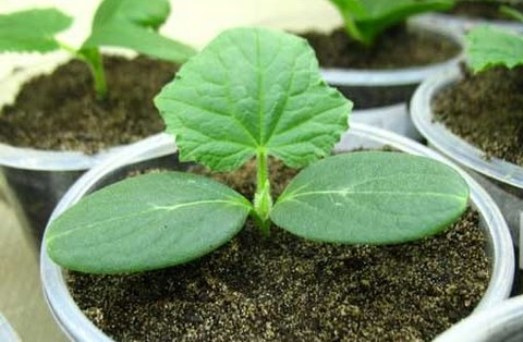
Tap water must be left to stand for at least 12 hours before watering. The water temperature should be the same as the air temperature, or slightly higher (20 - 25 ° C). With properly organized watering, the land is always moderately moist.
Top dressing
It is better to feed the seedlings 2 times. The first time - after the transplant in a week. The second time is after 2 weeks. For feeding, ordinary mineral fertilizers are suitable: ammonium nitrate, potassium salt, superphosphate. Pour each fertilizer into a bucket of water for 1 tsp.
Feed the seedlings of cucumbers with a fertilizer solution in the morning, preferably in the morning. Water it first, and apply fertilizer a little later, so as not to burn the delicate roots. The solution should not get on the leaves and stem of cucumbers.
Reviews
Andrey, Volgograd:
“I grow cucumbers in a greenhouse. In April, I sow seeds directly into the ground, 5 pieces per hole, cover with foil. When the cucumbers sprout, I leave one seedling in the hole, the rest I dive to the next ridge. In June, we harvest the first harvest of fresh cucumbers. "
Conclusion
When growing cucumber seedlings at home if necessary, you can transplant it into other containers. A properly performed procedure will not harm the seedlings. The quality of care has a greater impact on the health of seedlings.
